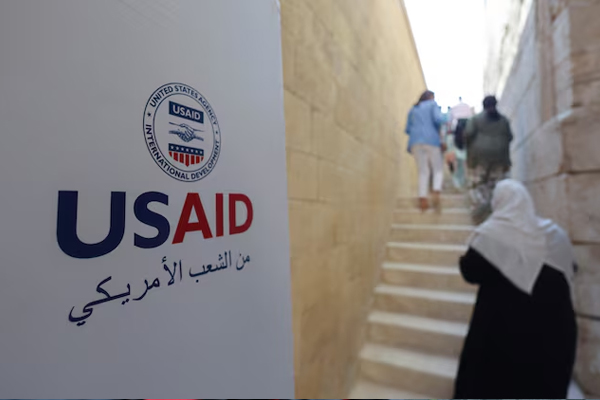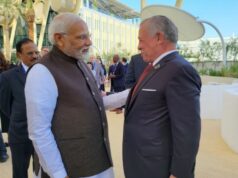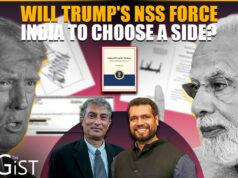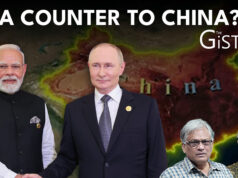
“The things USAID has been doing is treason,” said a young American vlogger on X, “how long has this been going on, since before my parents were born? This is treason. How much of it was real.”
A reasonable question for the American tax payer, since it is money taken out of his or her pocket that has gone to finance some projects that appear rather odd, for instance $10 million for “medical male circumcision in Mozambique .. $2.3 million for strengthening independent voices in Cambodia .. $32 million for the Prague Civil Society Center,” and so on.
India too figures in the list with DOGE (Department for Government Efficiency) indicating it had cancelled $21 million in grants to boost voter turnout.
“Would love to find out who received the $21 million spent to improve voter turnout in India,” Sanjeev Sanyal, economist and member of the Prime Minister’s Economic Advisory Council, posted on X.
Did the money go to the Election Commission? Why would the Election Commission want money from USAID to monitor voter turnout when the annual budget makes adequate provision for that? Did it go to some NGO?
The money reportedly did go to an NGO, Consortium for Elections & Political Process Strengthening (CEPPS), but the website is currently unavailable.
The USAID website, on the other hand, clearly says “USAID’s CEPPS program seeks to strengthen local and national capacity to promote good governance, a core component of USAID’s stabilization strategy.”
CEPPS, incorporated in 1995 in the US, brings together the National Democratic Institute (NDI), a non-profit funded primarily by the US and Western governments (including the Open Society Foundation of George Soros) and the International Republican Institute, which on its website, claims to be “advancing democracy worldwide … once people can raise their voices without fear and participate in a free and fair electoral process, they will have the tools they need to build a democratic destiny in the country they call home.”
It would be interesting to know where CEPPS money in India went, possibly to other NGOs involved in some way or the other in activities of interest to the donors.
This is not to rubbish USAID activities in India that date back to 1951. Beginning with food aid, it went on to give money for infrastructure development and capacity building of key institutions.
Not many in India would know that USAID helped set up India’s first IIT at Kharagpur in West Bengal in 1951, also 14 regional engineering colleges and eight agricultural research universities.
USAID has also funded and lent expertise for supporting capital market development in this country, launched India’s green building movement, and also gave money for immunization programs including against HIV AIDS, family planning and child health.
The American tax payer may not grudge money going for such programs that are helping people in less developed countries. But he or she may draw the line at money for male circumcision in Mozambique or for that matter strengthening independent voices in Cambodia.
For people in India, the implications are disturbing. It underscores interest the US takes in India’s domestic politics, channeling funds and possibly expertise to individuals and groups that align with US thinking.
The million dollar question is whether the US has been able to sway voter sentiment in one way or the other. Does such influence outweigh the fact that India’s elite, from politicians to bureaucracy and business, remain deeply invested in the US through family connections.
This investment can only grow given the 3,00,000 Indian students in American universities, and a wealthy diaspora now pushing the envelope of its political muscle.
Thirty eight years in journalism, widely travelled, history buff with a preference for Old Monk Rum. Current interest/focus spans China, Technology and Trade. Recent reads: Steven Colls Directorate S and Alexander Frater's Chasing the Monsoon. Netflix/Prime video junkie. Loves animal videos on Facebook. Reluctant tweeter.




